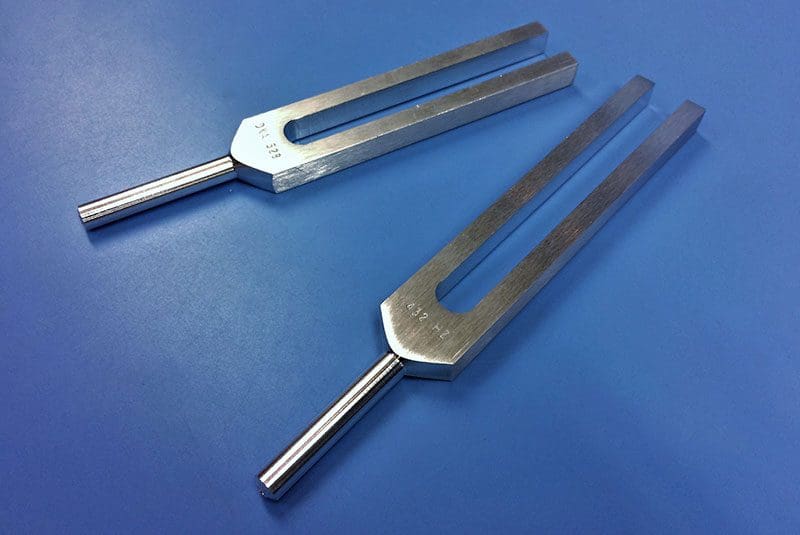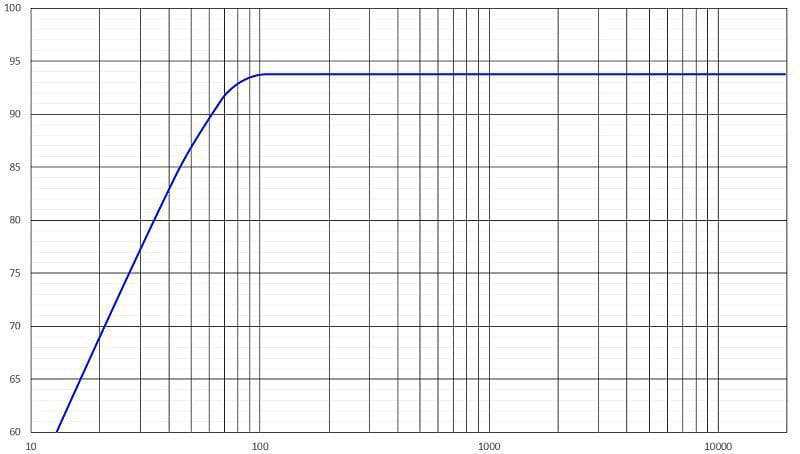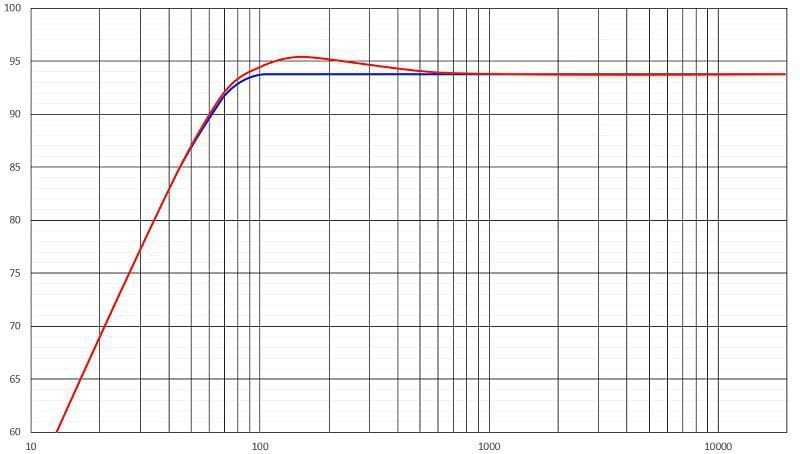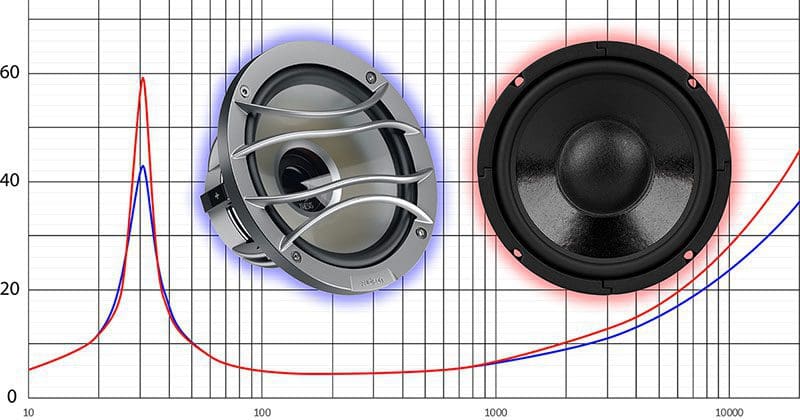When it comes to correlating how the parameters of a speaker translate into music reproduction, well, the details are often somewhat sparse. One speaker characteristic that’s often overlooked when searching for new subwoofers or woofers is Q. This unitless number is a key component in describing how the suspension and motor work to control and damp cone oscillation at its resonant frequency. Different Q values affect efficiency, frequency response and, ultimately, sound quality. It’s not an intuitive topic, but understanding Q factor is crucial to picking the best bass solution for your car audio system. This is a full-propeller-beanie discussion, but it’ll be time well spent.
What Is Speaker Q?
If you’re an audio aficionado, then you may have heard of speaker specifications called Thiele/Small parameters. These specifications can be used to simulate and predict the low-frequency performance of a loudspeaker. Three of the specifications relate to a topic called Q. Q (or quality factor) is a unitless number that describes how underdamped an oscillating circuit is. A higher Q value means that the circuit or system has low damping and will ring or resonate for longer.
Here’s an analogy that might help you understand. Do you know those springy little door stoppers that kids like to play with? They go boing when you flick them. In the right setting, they’re somewhere between entertaining and amusing. After a few dozen flicks, they become annoying. They have a high Q factor. They bounce back and forth for a few seconds after the initial input (a flick of your finger) is applied.

If you were to apply a piece of electrical tape to the top of the door stopper, it would act to damp the vibrations. The effect would lower the Q of the spring system, and the resonances (vibrations) would stop faster.

For most mechanical or electrical circuits, a Q of 0.5 is considered to be optimally damped. A Q of 0.3 would be over-damped, and a Q of 0.7 would be under-damped. A tuning fork, for example, has a Q of roughly 1,000.
Speaker Q Factor
For the purposes of this discussion, we are going to look at a typical door woofer (6.5-inch) to evaluate how different Q factors affect frequency response. The perfect speaker would have a flat frequency response that’s determined by its Thiele/Small parameters. It would look like this:

Qts is the Thiele/Small parameter that defines the total Q factor of a speaker. The value takes into account both the mechanical and electrical Q factors of the driver, equally.
Most car audio speaker manufacturers don’t fully understand the relationship between Q and frequency response, or they choose to ignore it to deliver a certain “sound.” Unfortunately, when it comes to truly high-end speakers, tailoring the frequency response of the system should be left to an equalizer built into a digital signal processor, and not a characteristic built into a speaker.

Here are the benefits of using a higher-Q door woofer: They are more efficient in the upper bass and midbass region. The extra energy stored in the suspension is released and adds to the output, typically in the region focused around 140 to 160 Hz. If you’re designing an audio system without a subwoofer, the extra bass can be of some help in making the system sound fun.
The drawback is that the extra energy that is stored and released by the suspension is distortion. It’s sound that wasn’t in the original recording. Remember, the suspension of the speaker is a spring. You don’t want it to continue to resonate back and forth after the signal goes away. That back and forth motion not only affects the frequency domain but the time domain. Sounds continue to ring out after the original input is gone. In subwoofers, this is often what’s described as being boomy. In a door woofer, it’s sloppiness. Conversely, a properly damped speaker is often described as sounding “tight” or “fast.” Since speed can’t change, these descriptions are limited in their accuracy.
Shopping for Great Woofers
If your car audio system includes a subwoofer (and it really should), then you’ll want to search for a door woofer that has a low Q. Some 6.5-inch woofers like the Audison Thesis TH 6.5 II and Audiofrog GB60 have Qts values under 0.5. The Morel Supremo MW6, Hertz MP 165P.3, and Focal ES 165 KX3 woofers also have relatively low Qts values. Lower values (0.4 to 0.5) are better, and you’ll want to avoid anything above 0.6 if you have a subwoofer and want properly damped midbass performance.
Drop by your local specialty mobile enhancement retailer and talk to them about how best to upgrade your car audio system to deliver amazing bass and midbass performance and accuracy.

